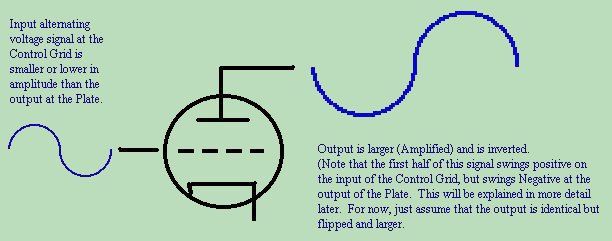riggler
Well-known member
Poking around Klaus's forum, I found this:
http://recforums.prosoundweb.com/index.php/t/2927/0/
(Go about halfway down).
And I quote:
In case anyone needs a substitute submini for use as a capsule amplifier, you might want to try out a Raytheon 5784WB wired G2+G3+P=triode. This is one of the very few submini pentodes that can be wired this way - most have G3+K as an internal connection.
Note I have not used an AC701 and can't compare if it would be a similar sound. I can only say that after testing many different submini triodes and pentodes (wired as triode), I found the 5784WB to be quite good in all aspects. IMO similar to FET sound, only the things I don't like about FET sound are fixed - i.e. it's unconstrained and open sounding while being otherwise similar.
End quote.
Can anyone here corroborate this? I'm going to try it with my M50 project if no one sees an obvious issue. A look at the datasheets...
5784WB
The 5784WB is a dual control pentode that can be used as an AF / RF amplifier or mixer.
Filament 6.3V/.2A. Plate 120 Volts / 5 mA. Gm 3200 uMhos.
AC701(k)
http://tubes.mkdw.net/sheets/128/a/AC701.pdf
Filament 4V/.1A. Plate (120V? Could use some help here interpreting the data from the sheet...)
Thanks for any info / ideas.
http://recforums.prosoundweb.com/index.php/t/2927/0/
(Go about halfway down).
And I quote:
In case anyone needs a substitute submini for use as a capsule amplifier, you might want to try out a Raytheon 5784WB wired G2+G3+P=triode. This is one of the very few submini pentodes that can be wired this way - most have G3+K as an internal connection.
Note I have not used an AC701 and can't compare if it would be a similar sound. I can only say that after testing many different submini triodes and pentodes (wired as triode), I found the 5784WB to be quite good in all aspects. IMO similar to FET sound, only the things I don't like about FET sound are fixed - i.e. it's unconstrained and open sounding while being otherwise similar.
End quote.
Can anyone here corroborate this? I'm going to try it with my M50 project if no one sees an obvious issue. A look at the datasheets...
5784WB
The 5784WB is a dual control pentode that can be used as an AF / RF amplifier or mixer.
Filament 6.3V/.2A. Plate 120 Volts / 5 mA. Gm 3200 uMhos.
AC701(k)
http://tubes.mkdw.net/sheets/128/a/AC701.pdf
Filament 4V/.1A. Plate (120V? Could use some help here interpreting the data from the sheet...)
Thanks for any info / ideas.





